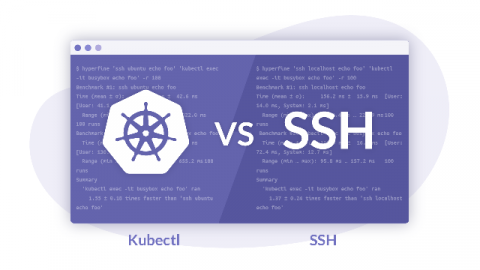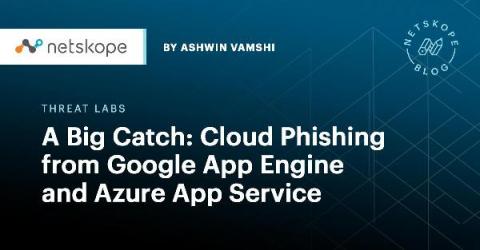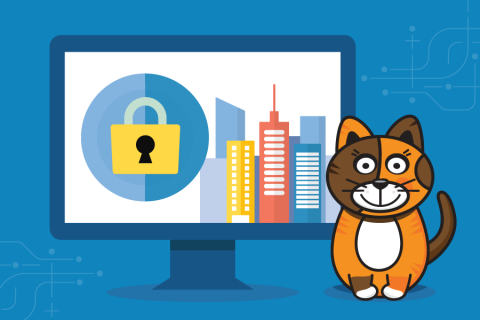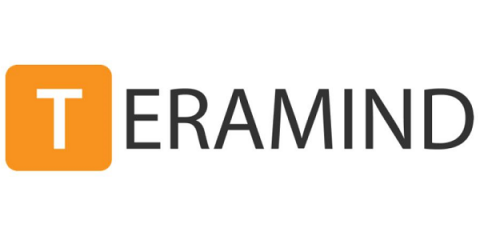Bot Detection - Tips to secure your payment ecosystem from account takeover attacks
With an estimated 37.9% of all internet traffic attributed to bots, and bad bots accounting for more than 50% of that, retailers and financial organizations are struggling to defend against a constant barrage of account takeovers, credential stuffing, card cracking attacks and fake account creation.










